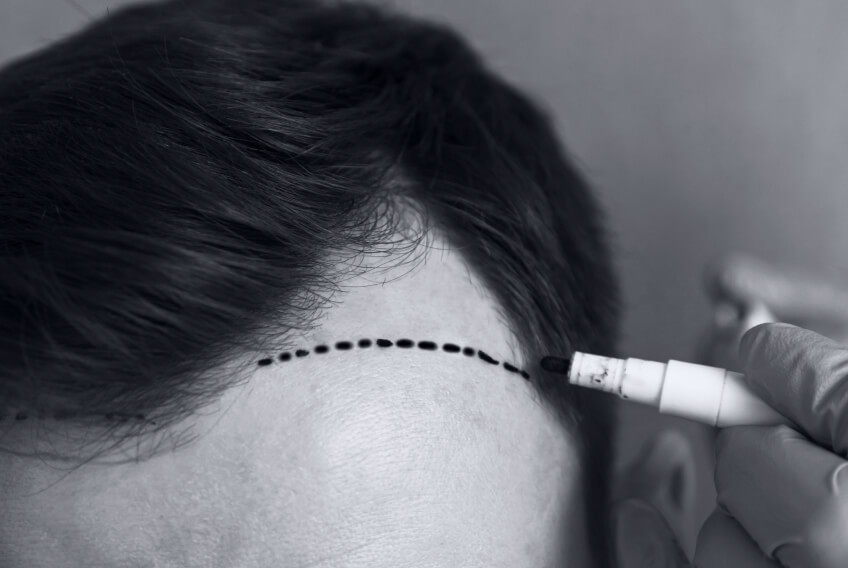
Facial Feminization Surgery
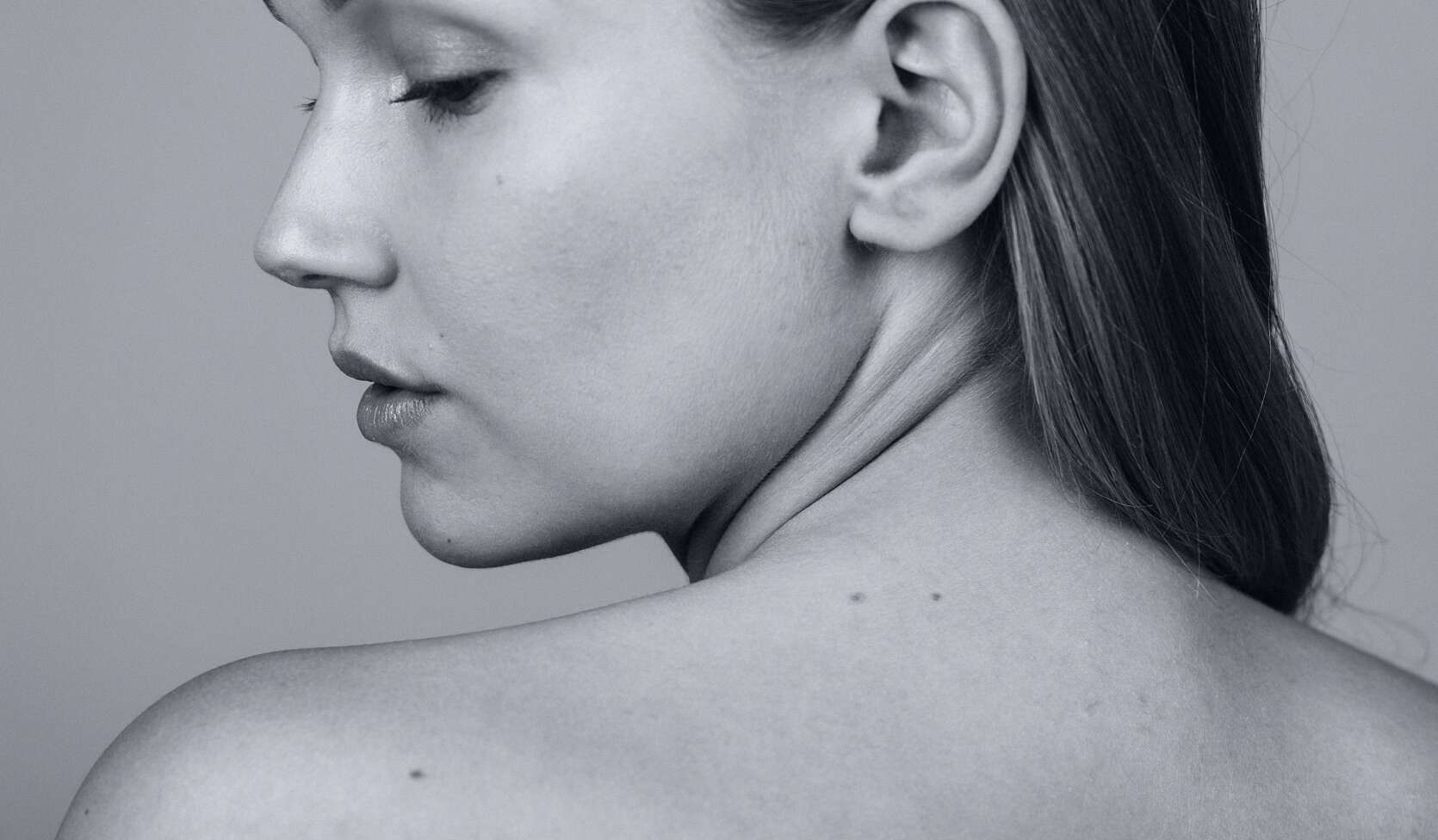

Hairline lowering
The differences between men's and women's hairlines are subtle but have a big impact. Understanding the differences between men's and women's hairlines is crucial to creating a natural and feminine look.
The center of a woman's hairline is often higher than a man's and has a different shape. Men's hairline is usually an M-shape and women's hairline is an inverted U. In addition, there are differences in thickness. As you get older, male pattern baldness can be a physical sign of unwanted male features on the face.
There are several factors that affect the appearance of hairlines:
- Hormones: Male hormones have a great effect on hair. They are responsible for the growth of body hair such as pubic, beard, chest and armpit hair. Examples include dihydrotestosterone (DHT), testosterone and dehydroepiandrosterone (DHEA).
- Age: It is estimated that about 50% of women and 65% of men in all age groups worldwide experience hair loss. Nearly two-thirds of men experience hair loss before the age of 35. 85% of men experience thinning hair and hair loss by age 40.
- Hair care: Hair care includes a varied vitamin-rich diet in addition to shampoos, conditioners, styling products and lotions. Healthy hair shines, is easy to comb and has no skin problems.
- Medication: Medications known to cause hair loss include antidepressants, as well as blood thinners, blood pressure reducers, birth control medication and thyroid medication.
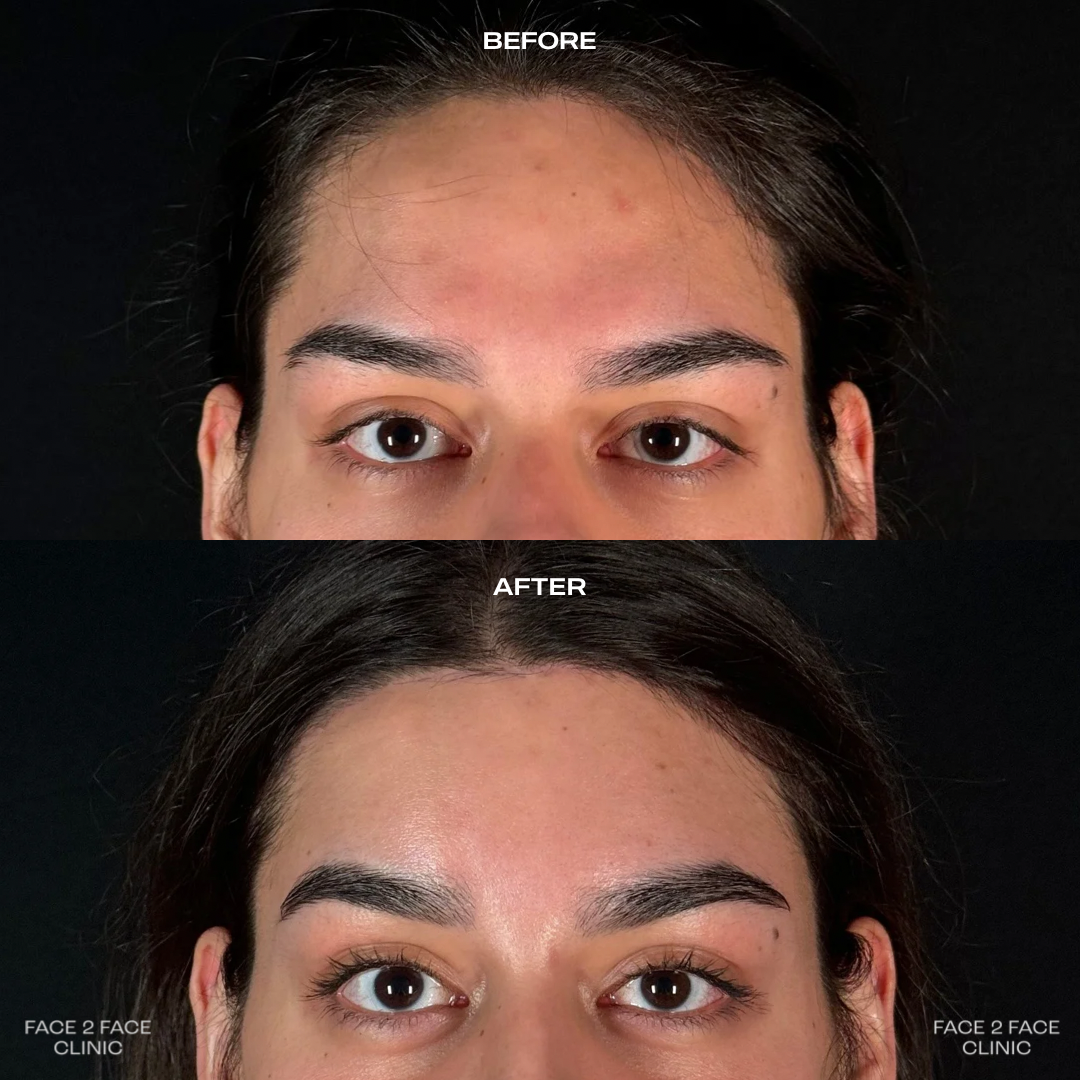
Procedure
There are two ways to achieve hairline lowering.
Hair transplantation
- Only the receding inlets need to be filled. No hairline lowering is required.
- You can choose between the FUE method with shaving or the DHI method with shaving.
Hairline lowering
- The flexibility of the scalp determines how far the hairline can be brought forward. We aim to bring the hairline as far forward as possible, but it is important to take into account that the wound must be closed without tension. In most cases, a lowering of 1 to 2 cm is achievable, depending on the intrinsic elasticity of the scalp.
- To remove excess skin after forehead recontouring, a strip of skin on which hair grows must be removed. Making the incision behind the hairline would cause the hairline to recede even more. Therefore, we usually recommend having the hairline lowered when you have a forehead recontouring procedure performed. The lowering effect is sometimes very minimal, but at least the hairline will not recede.
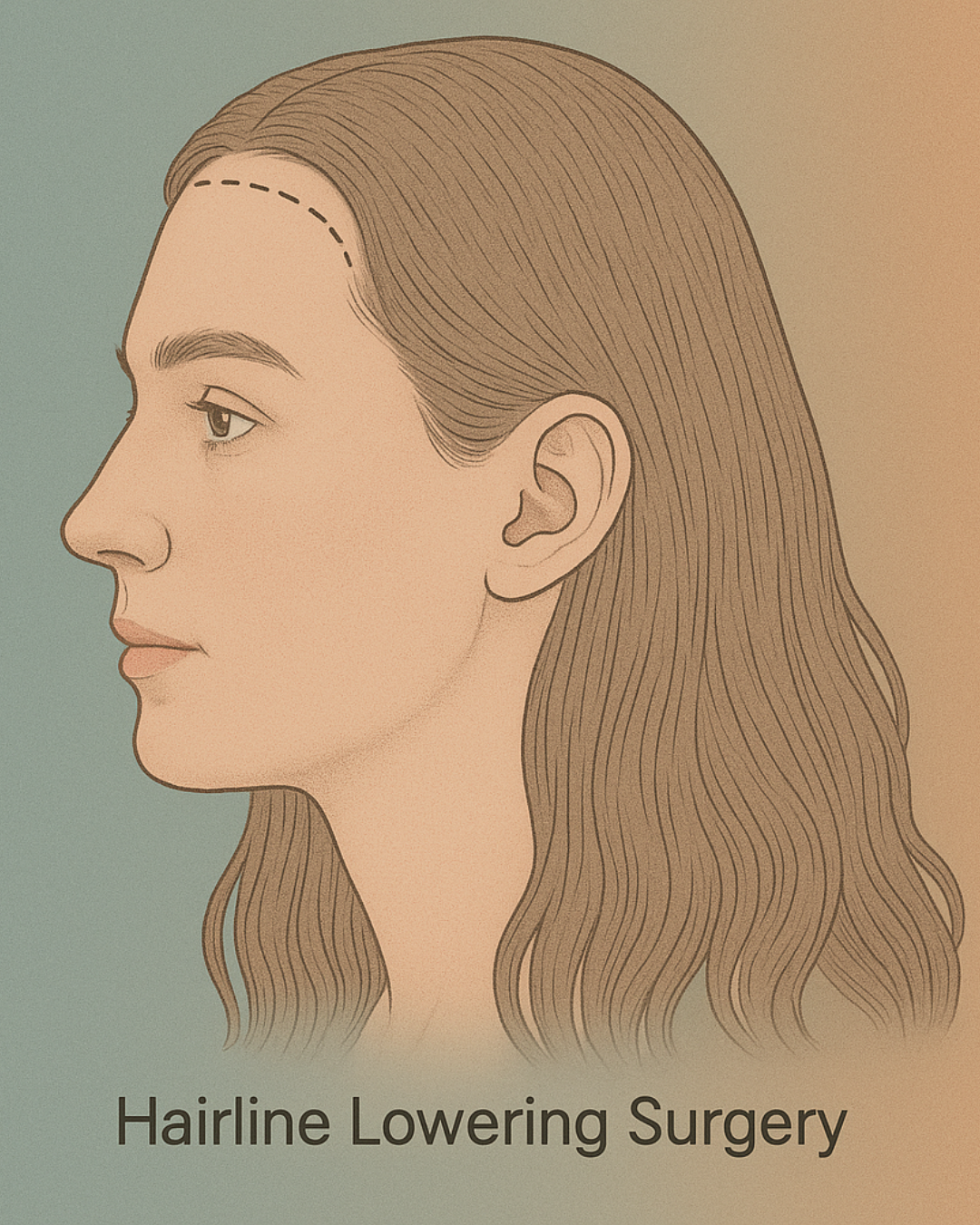
Benefits
Forehead reduction surgery, hairline lowering, aims to rebalance the upper parts of the face to optimize a woman's appearance and/or a man's forehead balance. The result can boost your self-confidence and increase your self-esteem.
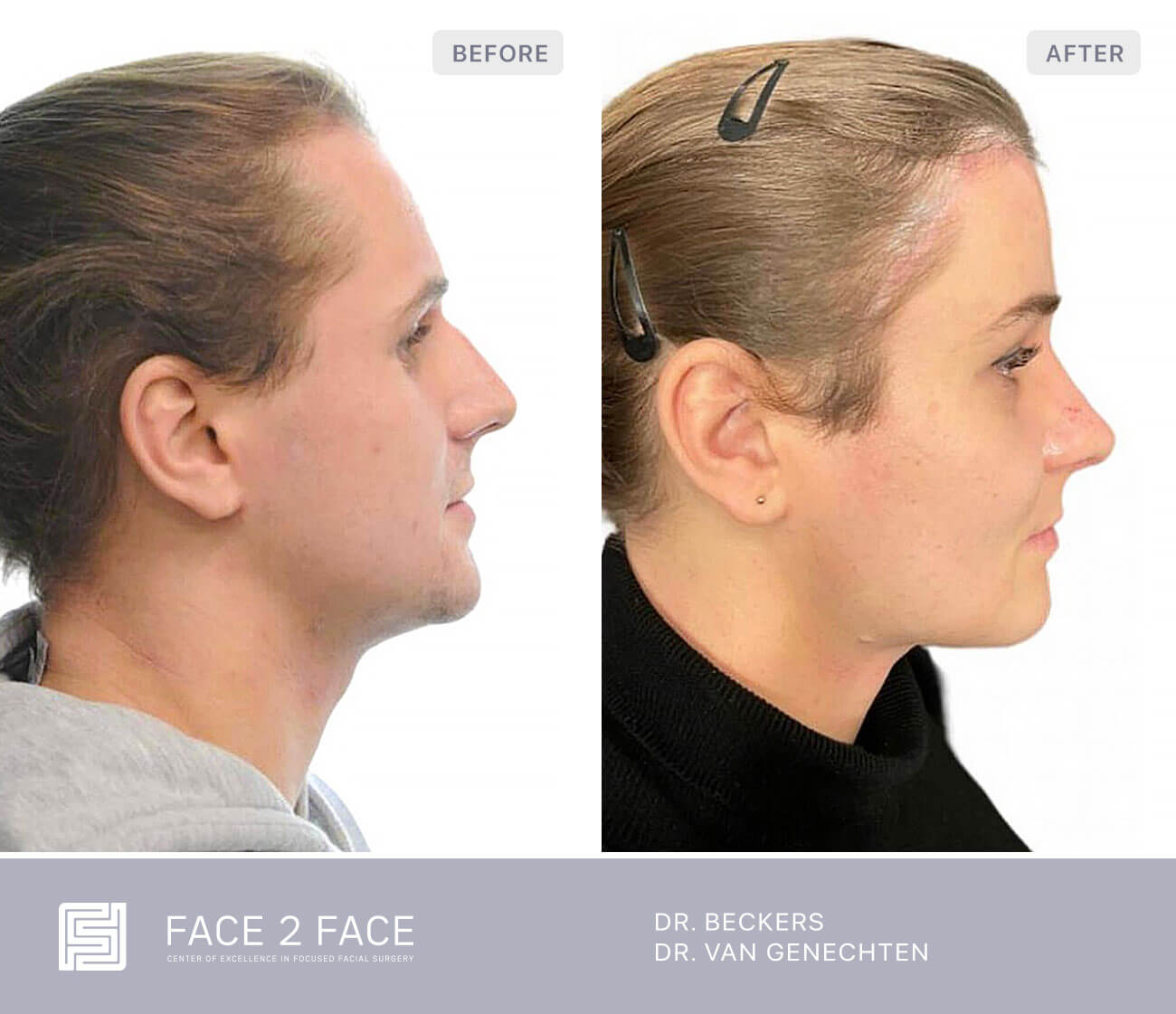
Recovery
After a hairline lowering procedure, it is important to have a clear understanding of what to expect during the recovery process. Healing occurs gradually, and the final result can only be fully assessed after an extended period.
1. Hair loss and hair growth
It is normal to experience some temporary hair loss in the first few weeks up to a month after surgery. This usually affects mainly fine or thin hairs in the treated area. This shedding is typically temporary, and hair usually regrows within three months.
About six weeks after the procedure, the first hairs begin to grow through the scar. This process helps make the scar gradually less visible and contributes to a natural-looking hairline. It is important to be patient, as full hair growth and thickening of the scar are often only visible after 12 to 18 months.
2. Numbness and nerve recovery
Some patients may experience temporary numbness or reduced sensation at the front of the scalp. This is a normal reaction of the nerves, which can be temporarily irritated or stretched during surgery. Although this may last up to a year in some cases, sensation usually fully recovers.
3. Risk of infection and aftercare
As with any surgical procedure, hairline lowering carries a risk of infection. Because the surgical area is located at the hairline, keeping it clean and sterile during the initial recovery phase can be more challenging.
Small hairs may sometimes grow into or under the skin, causing irritation or mild inflammation. In most cases, these hairs can be safely and sterilely removed with tweezers without further complications. It is important to keep the area clean and report any signs of infection, such as redness, swelling, or pus, to your treating physician immediately.
4. Recovery period and evaluation of the final result
The full recovery process after a hairline lowering procedure can take 12 to 18 months. Only after this period can the final result be fully assessed. During this time, scars will fade, hair growth will improve, and any numbness or irritation will gradually resolve.
By being patient and carefully following aftercare instructions, you increase the likelihood of achieving an optimal and natural result.
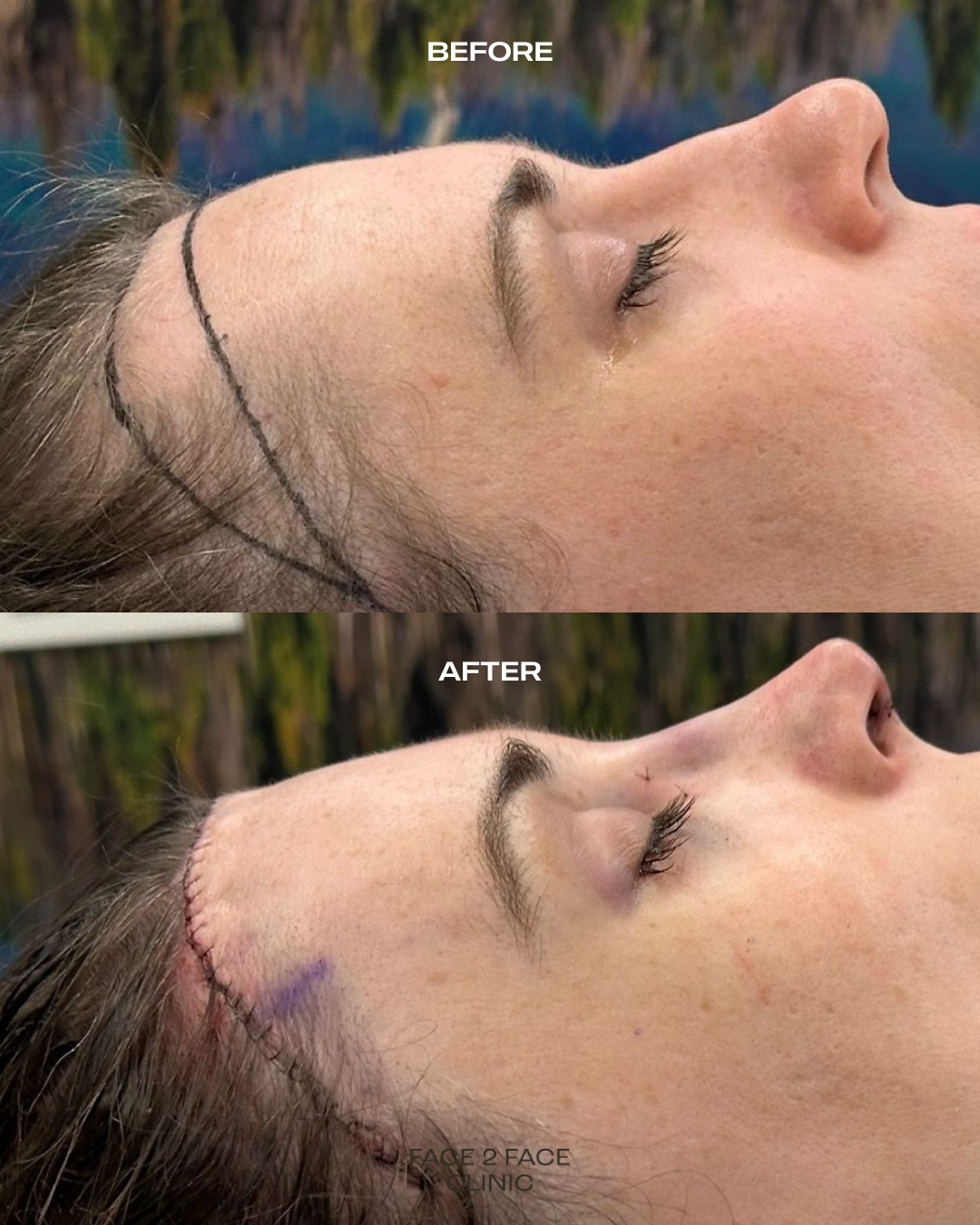
Contact form
Discover our
combined
treatments
Did you know you can combine your Facial Feminization Surgery with a breast augmentation? Contact us for more information!
Dr. O. Beckers performed my Facial Feminization Surgery (FFS), and I am very happy with the result. Besides the excellent workmanship, I also want to emphasize the accessibility of Dr. Beckers and his team.
Ursula WoutersFacial Feminization Surgery



